Tanzania
Home > Destination Detail
Tanzania
Tanzania is located in Eastern Africa on the Indian Ocean, between Mozambique and Kenya and includes the island of Zanzibar. The country offers wildlife, friendly people, and stunning beaches. Tourists typically visit Tanzania to partake in one of the four tourist experiences that Tanzania is known for: a relaxing seaside vacation on the picturesque island paradise of Zanzibar, an underwater tour of some of the world’s most renowned diving sites around the gorgeous Spice Islands, a safari adventure in some of Africa’s most impressive game reserves or a hiking excursion around Mount Kilimanjaro National Park.

Tanzania has 20% of Africa’s large mammal population and is best known for the Serengeti National Park which is the country’s second largest National Park. The park is famous for the big migration of giant herds of grazers across Northern Tanzania and Kenya.
Tanzania also offers the largest intact caldera in the world – The Ngorongoro Crater. The Conservation Area is a UNESCO World Heritage Site and is an extensive highland area with the famous 600 m deep Ngorongoro Crater as its focal point. Nearly three million years old, the ancient caldera shelters one of the most beautiful wildlife havens on earth.
The most popular attractions in the country are: Mount Kilimanjaro (Africa’s highest peak), Serengeti National Park, Mahala National Park, Zanzibar beaches, Ngorongoro Conservation Area, Lake Manyara National Park, Mafia Island, Pemba Island, Selous Game Reserve and Lake Victoria.
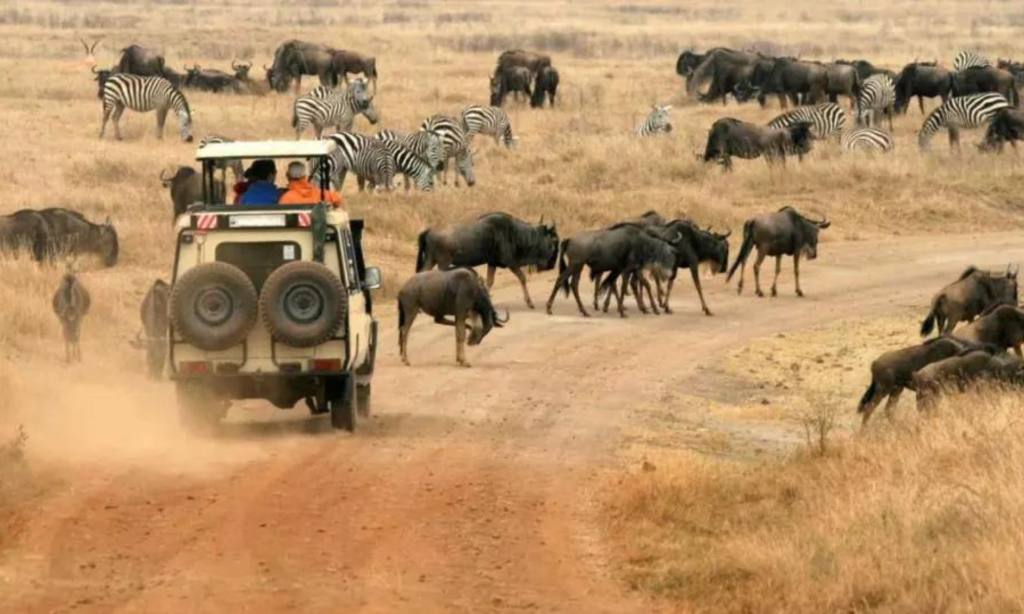
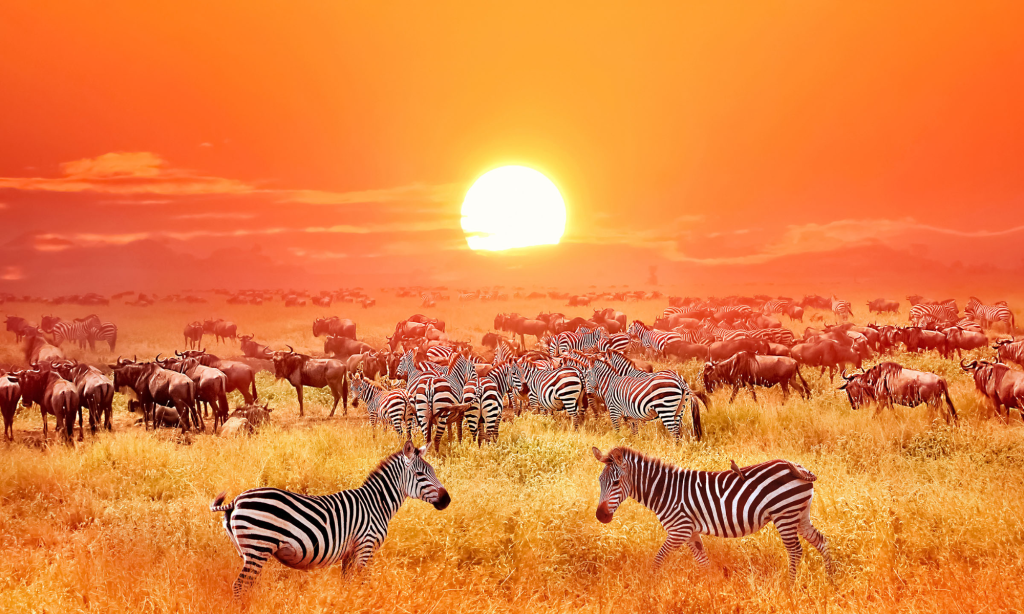
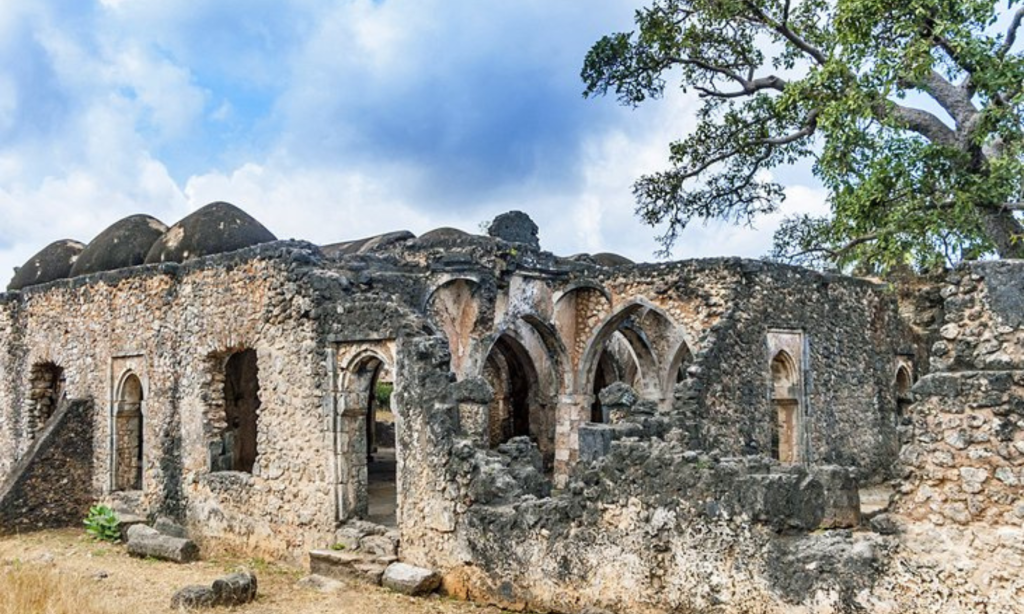

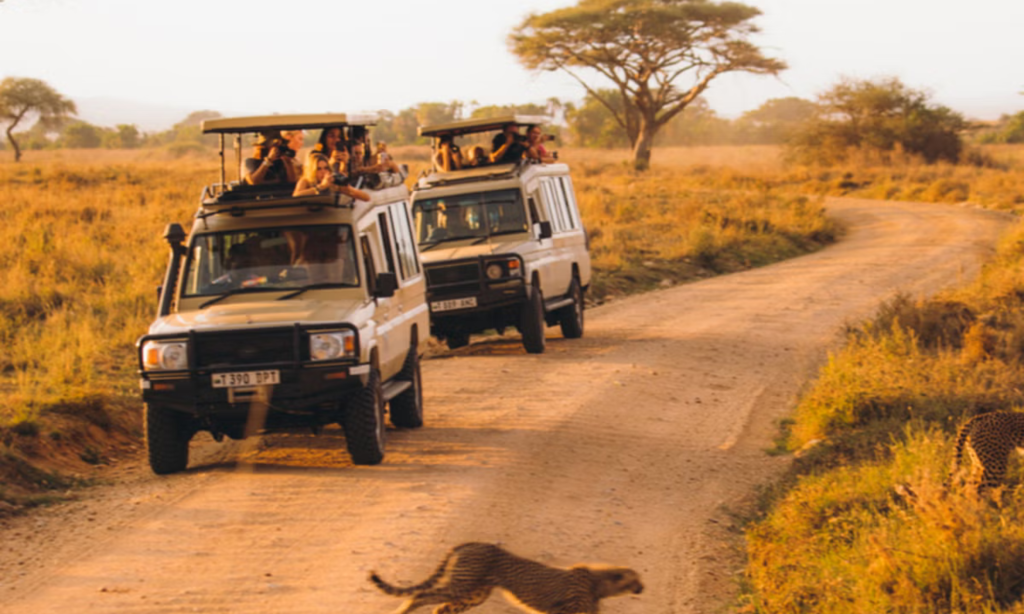
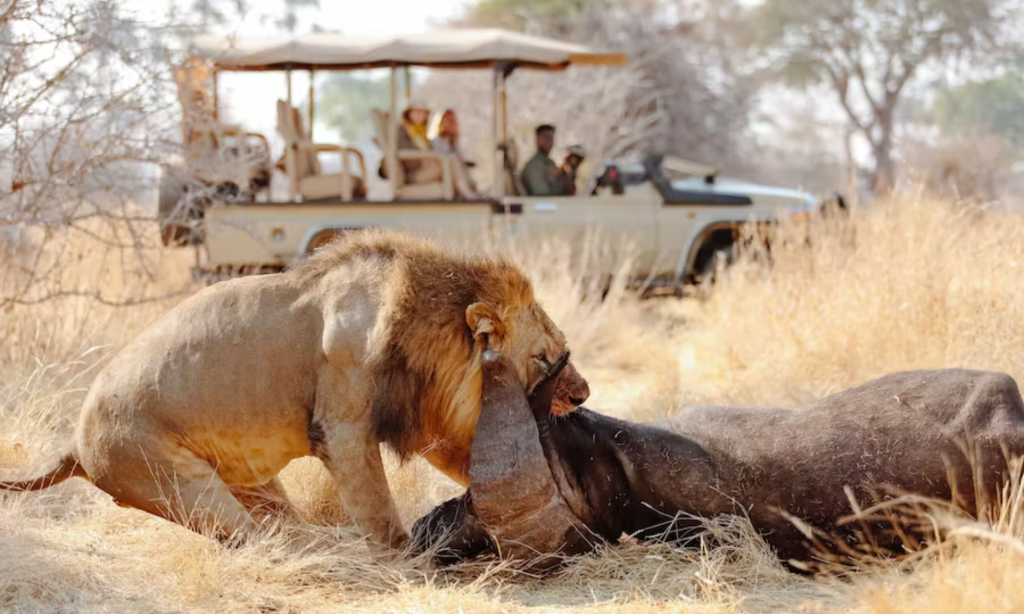
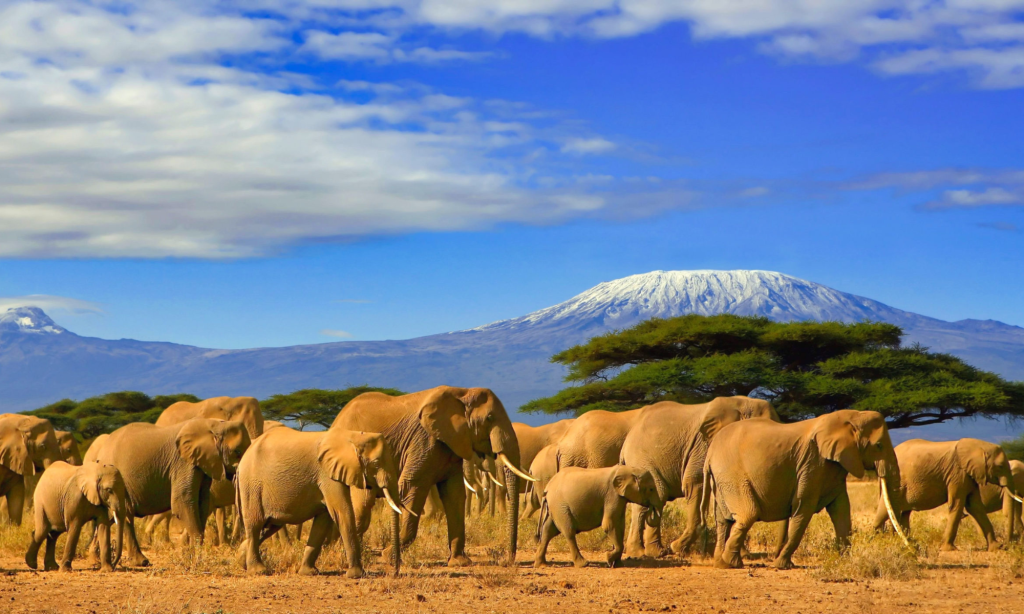
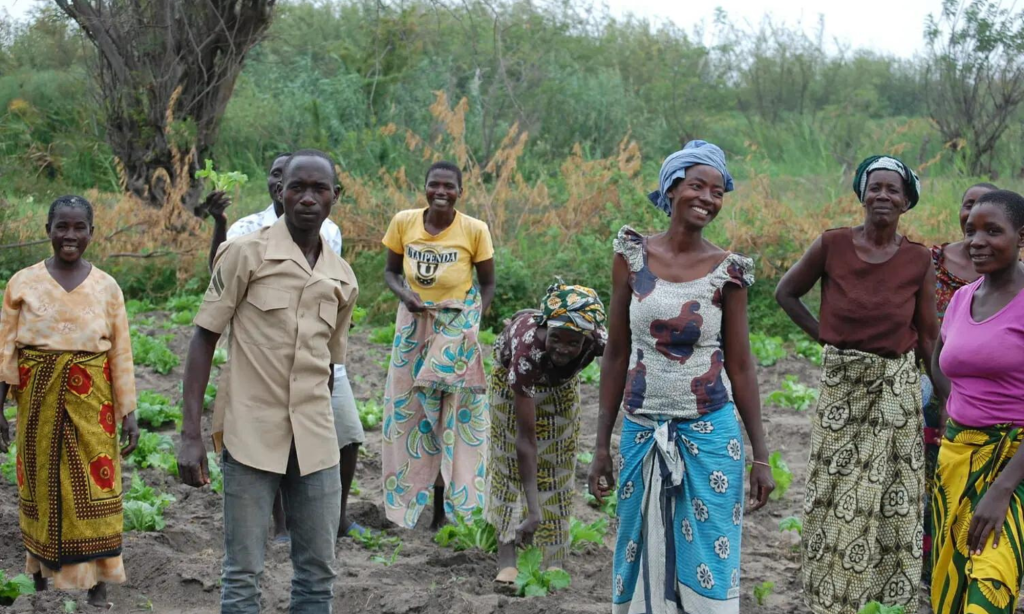

Climate
June to October – Dry season: There is very little rainfall during this period and humidity is very low. It cools off at night; be sure to pack warm clothing because morning game drives in open vehicles will be cold, especially in the northern parks. Afternoon temperatures are usually between 20°C and 30°C and vary greatly according to altitude and location. Most days have a fine, clear sky and sunny weather.
June and July are the best months to see the wildebeest migration. August to September is the best time to see the wildebeest river crossings in northern Serengeti. Animals are easier to spot since they concentrate around waterholes and rivers. There are fewer mosquitoes because there is little to no rain. Skies are clear and most days are sunny.
November to May – Wet season: During most of the Wet season, afternoon temperatures are consistently hot (a bit above or below 30°C) but it is colder above 1,300m. Mornings are cold in most northern parks due to the high altitude. January-February is the time to see the calving in the southern Serengeti, and an excellent time to see predator action. The scenery is green and beautiful; it’s low season, meaning lower rates and less crowded parks. Although wildlife is easier to spot in the Dry season, you’ll still see plenty, especially in the northern circuit parks. Migratory birds are present, and bird watching is at its best. Except for March, April and May, rains are mostly short afternoon showers and seldom interfere on your trip.
latest post
Climate
June to October – Dry season: There is very little rainfall during this period and humidity is very low. It cools off at night; be sure to pack warm clothing because morning game drives in open vehicles will be cold, especially in the northern parks. Afternoon temperatures are usually between 20°C and 30°C and vary greatly according to altitude and location. Most days have a fine, clear sky and sunny weather.
June and July are the best months to see the wildebeest migration. August to September is the best time to see the wildebeest river crossings in northern Serengeti. Animals are easier to spot since they concentrate around waterholes and rivers. There are fewer mosquitoes because there is little to no rain. Skies are clear and most days are sunny.
November to May – Wet season: During most of the Wet season, afternoon temperatures are consistently hot (a bit above or below 30°C) but it is colder above 1,300m. Mornings are cold in most northern parks due to the high altitude. January-February is the time to see the calving in the southern Serengeti, and an excellent time to see predator action. The scenery is green and beautiful; it’s low season, meaning lower rates and less crowded parks. Although wildlife is easier to spot in the Dry season, you’ll still see plenty, especially in the northern circuit parks. Migratory birds are present, and bird watching is at its best. Except for March, April and May, rains are mostly short afternoon showers and seldom interfere on your trip.

